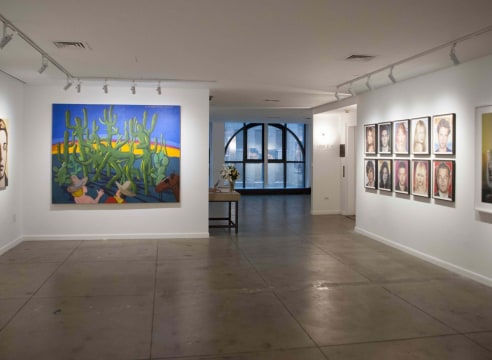
Fernand Léger was born in the rural town of Argentan, France, on February 4, 1881. Léger enrolled in architecture school and accepted an apprenticeship under an architect in Caen. In 1901, upon completion of his two-year internship, Léger moved to Paris, France, where he worked as an architectural draftsman.
Wishing to further pursue his art education, Léger applied to the prestigious École des Beux-Arts and was unfortunately rejected. In 1903 he started attending the Paris School of Decorative Arts instead, while also being unofficially mentored by two École des Beux-Arts professors who recognized his potential.
In 1907 he attended a retrospective of Paul Cézanne's work. From then on, Léger's work took on more elements of Cubism, but with his own unique style of slicing forms into tubular cylinders, casually referred to as "tubism."
In 1913, he started a series of abstract paintings called "Contrast of Forms." As Léger's work matured in the 1920s and '30s, he increasingly incorporated elements of modernism—particularly representations of machinery and human figures expressing speed and movement. His notable paintings from this period include "The Mechanic," "Mona Lisa with Keys," "Adam and Eve," and "Composition with Two Parrots," among others.
With the arrival of World War II, in 1940, Léger temporarily relocated to America. In 1946, Léger went back to France, where he revitalized his art school and became active in the Communist Party. In the 1950s, Léger's work focused on the theme of the common man, and further expanded to include tapestry, pottery, stained glass and mosaics.
Léger died on August 17, 1955, in Gif-sur-Yvette, France.